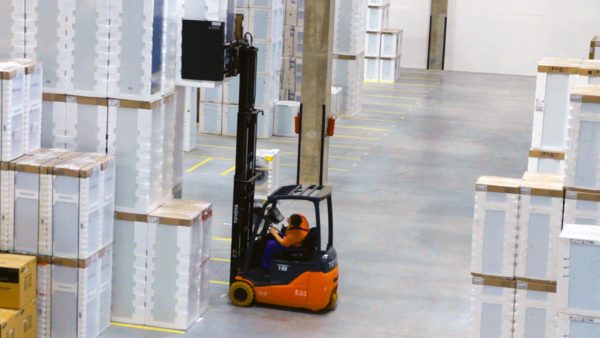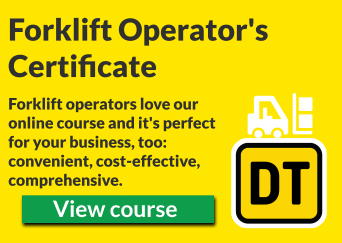Forklift attachments can put additional strain on your forklift and usually derate it, i.e. the forklift can’t lift as much. The attachments are often highly specialised and can be expensive, so you’ll want to look for ones that will fulfil your requirements and will be durable. Here are ten questions you should ask your forklift attachment provider:
1. How will you solve my problem?
If it’s a simple attachment such as a pair of fork extensions, the problem and solution might be easy to quantify. However, if you need a more specialist piece of equipment such as a rotator, your forklift provider should be able to provide an analysis of the best solution that fits your requirements. A good forklift attachment provider will question your assumptions to ensure that you fully understand the issue and should suggest appropriate solutions.
2. Do you manufacture the attachments or are you a distributor?
If the attachment is manufactured in-house, getting parts and service might be more simple than if the provider is simply a distributor with rudimentary engineering knowledge and perhaps no on-hand stock of spare parts. A manufacturer will know their product inside out and should be able to maintain high levels of quality control, dedicated service and perhaps even custom modifications which won’t invalidate a warranty.
The provider might manufacture some of their products and not others. If you are worried about them using raw materials from certain suppliers, now’s the time to check.
3. Are attachments available at short notice; are they able to be rented?
Sometimes your attachments will need servicing and could be unavailable. Is the supplier able to provide an alternative? If you need to purchase additional attachments, how much lead time do they need? A small engineering shop might take 3-4 weeks to build an attachment while a distributor of goods from a larger manufacturer might have stock sitting in a warehouse that could be available tomorrow. What are your likely needs in the future and how long could you wait?
4. How much experience does your attachments provider have?
How long have they been in the industry and who are the people working for them and running the joint? There may be a trade-off between a new company that might be responsive and very eager to please versus an existing large company that could have waiting lists and inflexible product lines.
Some companies are more focussed on certain industries, so check that your chosen supplier understands your business. A company with experience in your industry should be aware of any guidelines, rules and regulations, the main industry challenges and should have examples of how they have helped similar companies.
Can they provide training on and documentation about how to use the attachment?
5. Who else is using your attachments?
Can you get industry references? Do they have case studies? Are there people in your industry that are using the same (or similar) attachment?
6. How recently was the attachment design updated?
If it’s an attachment with some technology involved, it may have been improved recently or it could be a tried and true design that they have stuck to for 25 years. See if you can get a sense of product evolution and improvement.
7. Can the attachment be used on multiple types of forklifts?
Are you going to use this attachment on one type of forklift or does it need to be able to be switched between different types of forklifts?
8. How does the attachment affect the forklift’s rating?
As your forklift will almost certainly be de-rated you need to check that the attachment will lift the loads you require and that your forklift is sufficiently large.
9. What are the servicing requirements?
Again, for simple items like fork extensions, it’s straightforward, but for attachments with multiple moving parts like bale clamps and side shifters, regular maintenance will be required. How much of this can you do yourself and how much must be done either at the manufacturer’s premises or by the manufacturer on your premises?
10. Do you stock used attachments?
If you won’t use an attachment that frequently you might be able to save money on purchasing a new attachment if the provider keeps a stock of used ones. Check if there’s any kind of warranty.



